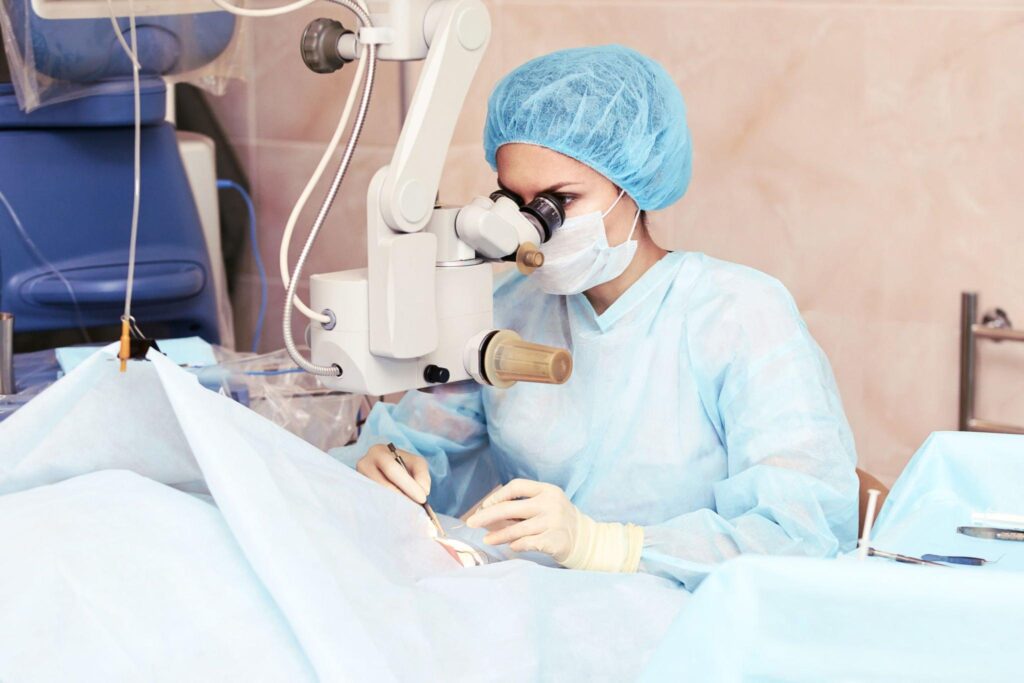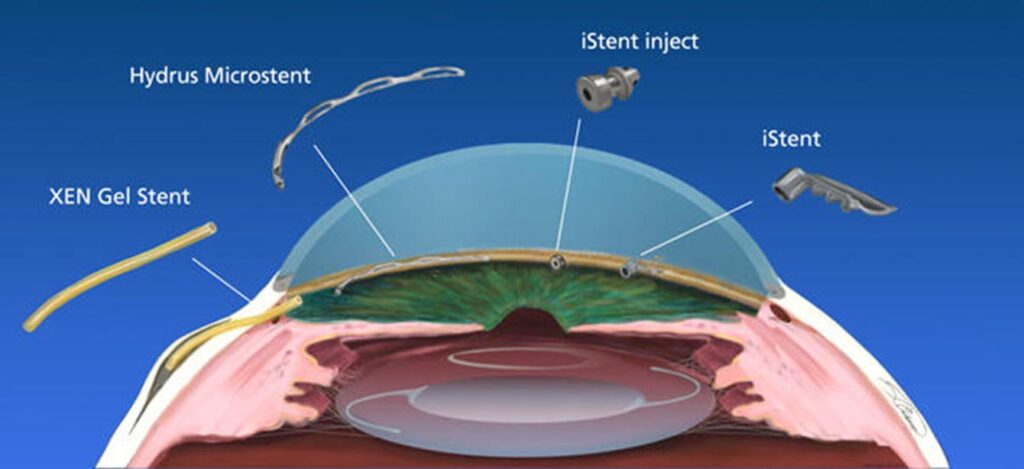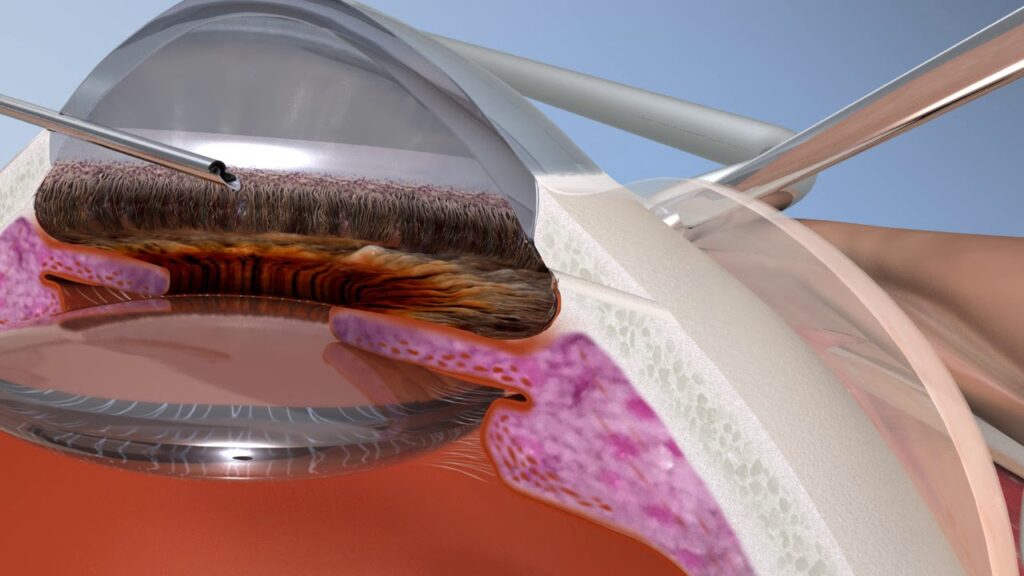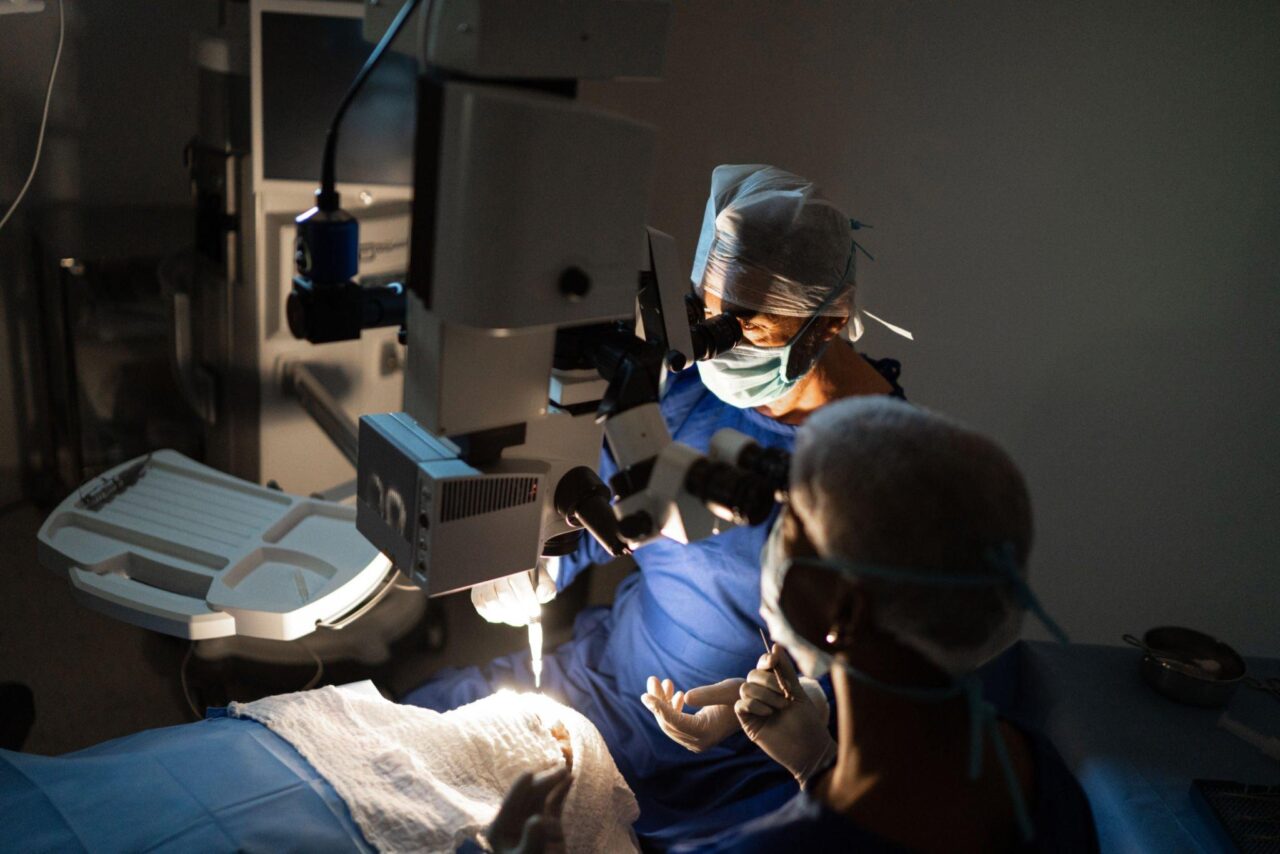In recent years, there have been tremendous breakthroughs in the field of cataracts surgery. These advancements have brought about a whole new level of precision and clarity in sight for those suffering from cataracts. Understanding cataracts and their impact on vision is crucial in appreciating these groundbreaking developments.
Understanding Cataracts and Their Impact on Vision
Cataracts, a condition characterized by the clouding of the eye’s natural lens, affect millions of people worldwide and require cataracts surgery to cure this problem. The lens, which plays a vital role in focusing light onto the retina, gradually becomes opaque due to the buildup of protein deposits. This clouding obstructs the passage of light, resulting in blurred vision and eventually leading to vision loss if left untreated.
Living with cataracts can significantly impact a person’s quality of life. Simple tasks like reading, driving, and recognizing faces become challenging and frustrating. The gradual decline in visual acuity can also affect a person’s independence and ability to perform daily activities.
The Anatomy of the Eye and Cataracts
The eye’s complex structure includes various components that work together to provide clear vision. One of these critical components is the lens, located behind the iris. The lens is responsible for focusing light onto the retina, where the images are then transmitted to the brain for interpretation.
When cataracts develop, the lens becomes clouded, impairing its ability to transmit light effectively. The clouding occurs due to the accumulation of proteins in the lens, which gradually build up over time. As a result, the passage of light is obstructed, leading to visual disturbances and a decrease in visual acuity.

It’s important to note that cataracts can develop in one or both eyes. In some cases, cataracts may progress at different rates in each eye, causing disparities in vision between the two eyes.
See Also: How well are you trying to alleviate sleep apnea?
The Symptoms and Diagnosis of Cataracts
Recognizing the symptoms of cataracts is crucial for timely diagnosis and treatment. Common symptoms include blurred or hazy vision, sensitivity to light, difficulty seeing at night, and the appearance of halos around lights. Some individuals may also experience a yellowing or fading of colors.
As cataracts progress, the symptoms become more pronounced, making it increasingly challenging to perform everyday tasks. Reading becomes more difficult, especially in low light conditions, and driving at night becomes more hazardous due to the glare from oncoming headlights.
If you suspect you may have cataracts, it’s essential to seek professional medical advice. An ophthalmologist can confirm the presence of cataracts through a comprehensive eye examination. During the examination, the doctor will evaluate your visual acuity, assess the overall health of your eyes, and perform various tests to determine the extent and impact of the cataracts.
Early detection and diagnosis are crucial as cataracts can progress over time, leading to more severe vision impairment. With advancements in medical technology, cataract surgery has become a safe and effective treatment option, allowing individuals to regain clear vision and improve their quality of life.
The Evolution of Cataracts Surgery
Over the years, cataract surgery techniques have undergone significant advancements. From traditional methods to modern approaches, the goal has always been to restore clear vision and improve patients’ quality of life.
Traditional Methods of Cataracts Surgery
In the past, cataract surgery involved a relatively invasive procedure. The surgeon would make a large incision in the eye, remove the clouded lens, and replace it with an artificial intraocular lens. While effective, this approach required a lengthy recovery period and carried certain risks.
During the early days of cataract surgery, patients had to endure a prolonged hospital stay after the procedure. The large incision made in the eye required extensive suturing, leading to discomfort and increased risk of infection. The recovery process was slow, and patients had to limit their activities for an extended period.
However, as medical knowledge and technology advanced, surgeons began to explore alternative methods to improve the surgical outcomes and reduce patient discomfort. The introduction of phacoemulsification, a technique that uses ultrasound energy to break up the clouded lens, revolutionized cataract surgery.
Phacoemulsification allowed surgeons to make smaller incisions, typically around 2.2 to 3.0 millimeters in size. This minimized surgical trauma, reduced the risk of complications, and accelerated the recovery process. Patients could now experience improved vision and return to their normal activities sooner than before.

The Shift Towards Modern Techniques
With technological advancements and innovative techniques, cataract surgery has evolved dramatically. One significant shift has been towards smaller incisions, known as microincisions, which result in reduced surgical trauma and faster recovery times. These modern techniques aim to enhance patient comfort and overall surgical outcomes.
In addition to microincisions, modern cataract surgery techniques have also introduced the use of femtosecond lasers. These lasers provide precise and controlled incisions, making the surgery even more accurate and customizable to each patient’s unique eye anatomy. The use of lasers has further improved surgical outcomes and reduced the risk of complications.
Another notable advancement in cataract surgery is the development of premium intraocular lenses (IOLs). These lenses not only replace the clouded natural lens but also correct other refractive errors, such as astigmatism or presbyopia. By addressing multiple vision problems simultaneously, premium IOLs offer patients the opportunity to achieve clear vision without relying on glasses or contact lenses.
Furthermore, the use of advanced imaging technologies, such as optical coherence tomography (OCT) and aberrometry, has allowed surgeons to obtain detailed measurements of the eye’s structures and optimize the surgical plan. These tools enable precise calculations for IOL power and placement, leading to better visual outcomes and increased patient satisfaction.
As cataract surgery continues to evolve, researchers and surgeons are exploring new frontiers, such as the use of robotics and artificial intelligence. These emerging technologies have the potential to further enhance surgical precision, optimize patient outcomes, and revolutionize the field of ophthalmology.
Breakthroughs in Cataracts Surgery
Breakthroughs in cataract surgery have revolutionized the way this condition is treated. Innovations in surgical equipment and techniques have played a pivotal role in enhancing the precision and safety of these procedures.
Cataracts, a common age-related eye condition, occur when the natural lens of the eye becomes cloudy, leading to blurry vision and reduced visual acuity. In the past, cataract surgery involved manually removing the clouded lens and replacing it with an artificial intraocular lens. However, recent advancements have transformed this procedure into a highly sophisticated and efficient process.
Innovations in Surgical Equipment
The introduction of advanced surgical equipment has greatly improved the accuracy and efficiency of cataract surgeries. High-resolution imaging systems allow surgeons to visualize the eye’s structures with exceptional clarity and precision. This enhanced visualization enables them to plan and execute the surgery with utmost accuracy.
Furthermore, specialized tools and instruments have been developed to facilitate the removal of the clouded lens and the insertion of the intraocular lens. Micro-incision cataract surgery, for instance, utilizes tiny incisions that require fewer sutures and result in faster healing times. This minimally invasive approach reduces the risk of infection and other complications, ensuring a smoother recovery for patients.
Advances in Surgical Techniques
New surgical techniques have emerged, enabling surgeons to perform cataract surgeries with higher levels of accuracy. Laser-assisted cataract surgery, for example, utilizes femtosecond laser technology to perform precise incisions and fragment the clouded lens. This laser-guided approach allows for a more controlled and predictable surgical process, reducing the risk of complications and enhancing visual outcomes.
In addition to laser technology, other innovative techniques have also been developed. One such technique is phacoemulsification, which involves the use of ultrasound energy to break up the clouded lens into tiny fragments. These fragments are then gently suctioned out, making the surgery less invasive and reducing the recovery time for patients.
Moreover, advancements in anesthesia techniques have made cataract surgery more comfortable for patients. The use of topical anesthesia, such as eye drops or gel, eliminates the need for injections around the eye, minimizing discomfort during the procedure.
Overall, the combination of advanced surgical equipment and innovative techniques has transformed cataract surgery into a highly precise and safe procedure. These breakthroughs have not only improved the outcomes for patients but also reduced the recovery time and enhanced the overall patient experience. As technology continues to advance, it is expected that further innovations will continue to revolutionize the field of cataract surgery, benefiting countless individuals worldwide.

The Role of Precision in Cataracts Surgery
Precision plays a critical role in cataract surgery, as even the slightest inaccuracies can have significant consequences. From preoperative planning to the actual surgical procedure, achieving the highest level of precision is paramount for optimum patient outcomes.
Cataract surgery is a delicate and intricate procedure that requires meticulous attention to detail. Surgeons must carefully assess the patient’s eye health, determine the appropriate surgical approach, and select the most suitable intraocular lens. All these decisions rely on precise measurements and calculations to ensure the best possible outcome for the patient.
Importance of Accuracy in Surgical Procedures
Accurate measurements and calculations are vital considerations in cataract surgery. Determining the appropriate power of the intraocular lens and accurately centering it are crucial for achieving the desired refractive outcomes. This precision ensures that patients regain clear vision while minimizing the need for corrective eyewear post-surgery.
During the preoperative planning phase, advanced diagnostic tools, such as optical coherence tomography (OCT) and biometry, are utilized to measure various parameters of the eye. These measurements help the surgeon determine the exact power and type of intraocular lens that will provide the best visual outcome for the patient.
Moreover, accurate centering of the intraocular lens is essential to avoid visual disturbances, such as glare and halos, which can significantly impact a patient’s quality of life. Precise alignment of the lens with the patient’s visual axis ensures optimal visual acuity and reduces the likelihood of postoperative complications.
How Precision Enhances Patient Outcomes
Precise surgical techniques and equipment contribute to improved patient outcomes after cataract surgery. The careful removal of the clouded lens and precise placement of the intraocular lens result in enhanced visual clarity and reduced risk of complications.
Advancements in surgical technology have revolutionized cataract surgery, allowing for greater precision and better outcomes. Microincision cataract surgery (MICS) techniques, for example, utilize smaller incisions, resulting in faster healing and reduced induced astigmatism. Additionally, the use of femtosecond laser technology enables surgeons to create precise corneal incisions and capsulotomies, enhancing the overall accuracy of the procedure.
Furthermore, advancements in intraocular lens technology, such as multifocal and toric lenses, allow for sharper vision at various distances and simultaneous astigmatism correction. These innovative lenses provide patients with the opportunity to achieve greater independence from glasses or contact lenses, improving their overall quality of life.
In conclusion, precision is of utmost importance in cataract surgery. Accurate measurements, precise surgical techniques, and advancements in technology all contribute to better patient outcomes. By prioritizing precision, surgeons can ensure that patients regain clear vision and experience minimal postoperative complications, ultimately improving their quality of life.
Achieving Clarity in Sight Post-Surgery
One of the ultimate goals of cataract surgery is to restore clarity in sight and improve the overall visual experience. Post-surgery, patients can expect significant improvements in their vision and regain the ability to carry out daily activities with ease.
Post-Surgery Vision Improvement
Following successful cataract surgery, patients often experience a significant improvement in their visual acuity. The removal of the clouded lens and the insertion of the high-quality intraocular lens result in clearer, sharper vision. Many individuals report a remarkable reduction in glare and improved color perception, enhancing their overall visual experience.
Maintaining Clear Vision After Surgery
While cataract surgery can provide transformative results, proper post-operative care is essential to maintain clear vision. Following the surgeon’s instructions regarding the use of eye drops, avoiding strenuous activities, and attending follow-up appointments are crucial for a successful recovery. By adhering to these guidelines, patients can enjoy the benefits of cataract surgery for years to come.
In conclusion, the groundbreaking breakthroughs in cataract surgery have revolutionized the way this condition is treated. The precision and clarity in sight achieved through these advancements have significantly improved patient outcomes and transformed lives. As technology continues to progress, the future of cataract surgery holds even more exciting possibilities, promising an even higher level of precision and visual restoration.

